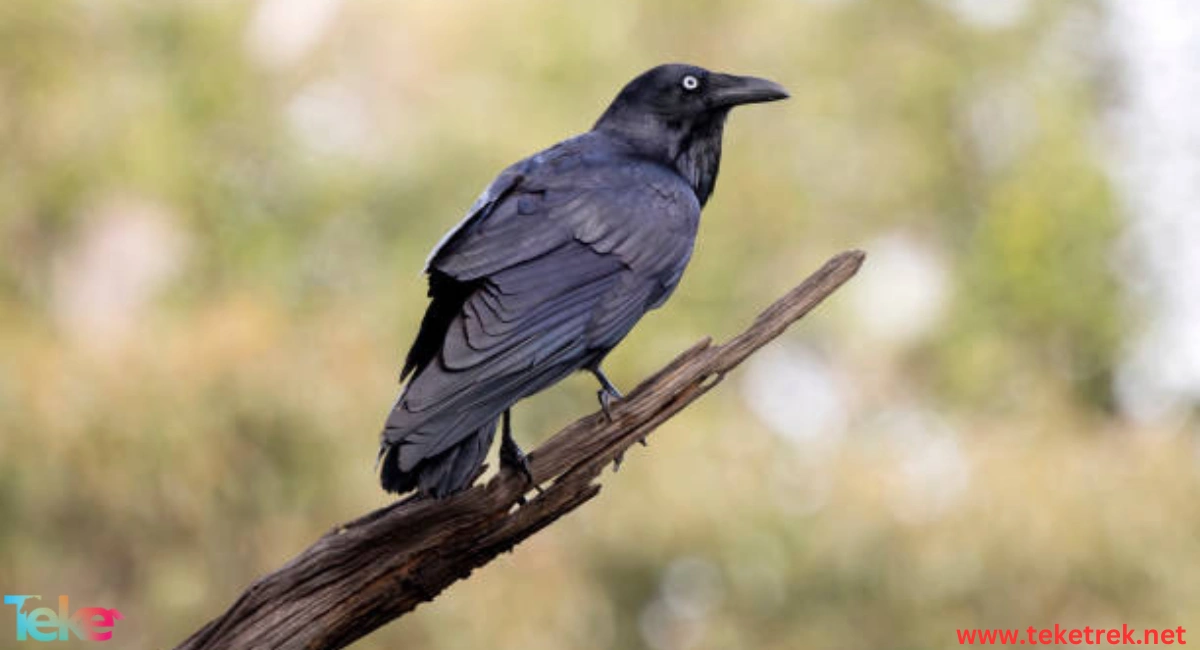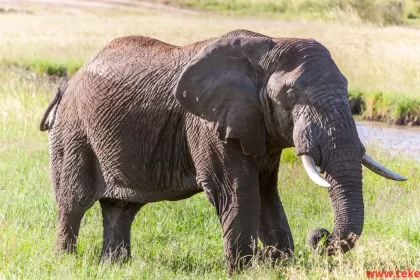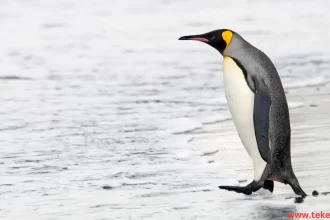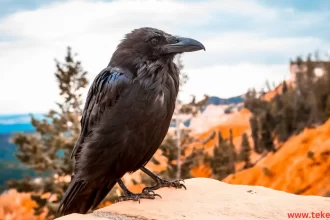The Australian crow is known by the scientific name Corvus coronoides
It is a bird belonging to the crow genus, living in various parts of Australia in the south and northeast.
Let’s learn more about it from teketrek.
The australian raven facts
The Australian raven belongs to the Corvidae family, Birds class, Chordata phylum.
It takes its name from the common raven “C. corone” due to their similarity.
Two distinct subspecies have been identified, differing slightly in vocalizations and being genetically distinct.
The Australian raven can fly up to 64 km in a day and reach speeds of 38 to 96 km per hour.
It has long throat feathers resembling a beard.
its slow, high-pitched call used for communication with other ravens in the area, when giving this call, the bird assumes a horizontal position, raising its head forward and its body parallel to the ground, while usually sitting in a prominent position.
About 3 weeks before laying eggs, the female develops a brood patch of bare skin on her underparts. Which reddens and becomes more spacious. The skin itself wrinkles and is not re-feathered until after the breeding season is over.
While foraging, Australian Raven can pick up golf balls from fairways, perhaps mistaking them for eggs.
Australian Raven can place cut meat in their mouths under their tongue. They sometimes hide the killed prey in a nearby hole to store it for later.
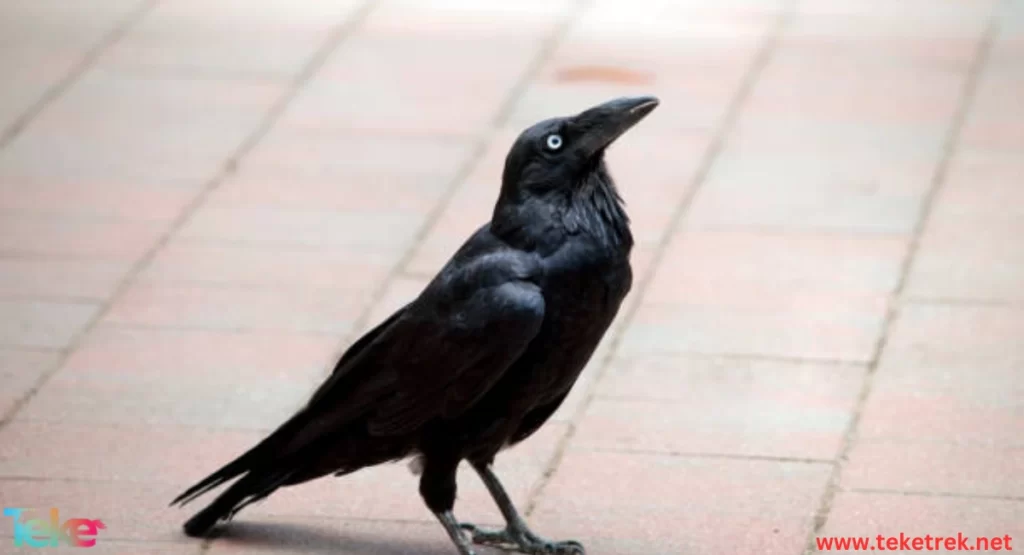
The Australian Raven specification
The length: The Australian raven is 46-53 cm long.
Color: black feathers, beak, and mouth. It has strong gray and black legs and feet, with iridescent blue or green colors on its back and wings.
Adult Australian ravens have white irises, while juveniles have white irises with a blue edge.
The upper part: The upper part of the raven’s head and nasal cheeks are covered with bristles that can reach up to 3 mm in length.
The bill, hook: The Australian raven has a heavy, slightly curved bill with a slight hook, longer than the bird’s head.
Wings, throat: It has long, broad wings and pink bare skin on the throat.
https://teketrek.net/en/west-african-giraffe/
Places where the Australian Raven is found
The Australian Raven lives in open forests and transitional areas, as well as adapts to urban areas. It is a common bird in cities like Sydney, Canberra, and Perth.
https://teketrek.net/en/characteristics-and-features-of-the-manta-ray-and-interesting-facts-about-it/
What is the diet of the Australian Raven?
Australian ravens are considered omnivorous animals. They feed on the nectar of banksia flowers. Their diet also includes grains, fruits, insects, small animals, carrion, eggs, and garbage from bins.
Australian ravens search for food left behind by humans. They are fond of scavenging through garbage.
They drink a lot of water, consuming about ten times a day if the weather is hot. They may also dip pieces of meat in water before eating them, and often do the same with hard biscuits to keep them moist.
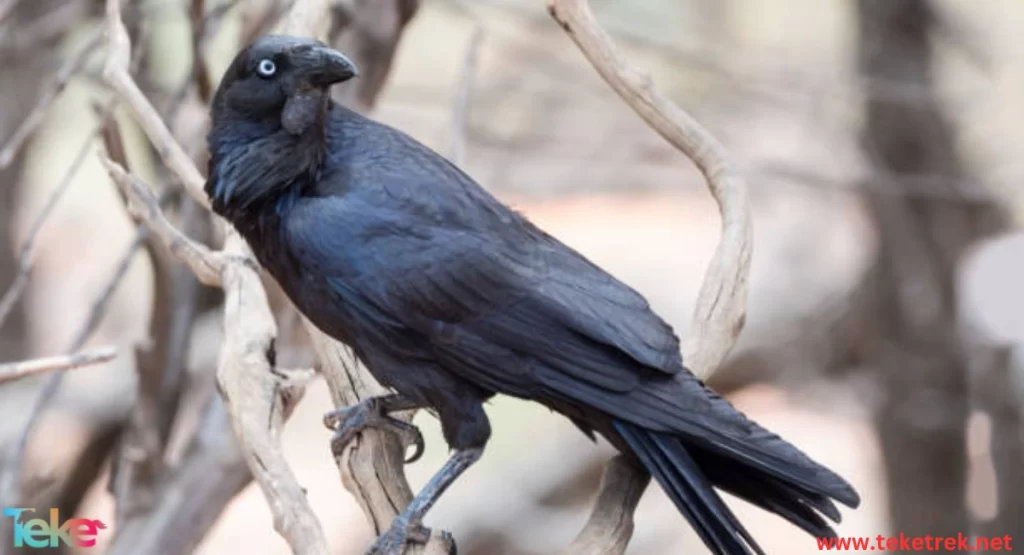
FAQs about the Australian Raven
1. How does the Australian Raven adapt to its environment?
The Australian Raven has a strong, sharp beak with a small hook at the end, allowing it to tear meat and capture insects and small plants. Its legs are adapted for walking on the ground and it can fly well. These adaptations help the Australian Raven to live in a variety of habitats and consume a diverse range of foods.
2. What threats do Australian Ravens face?
Australian ravens are not endangered species but can be preyed upon by birds of prey like powerful owls or wedge-tailed eagles. Sometimes farmers shoot them when they feed on their crops or animals.
3. Should Australian Ravens be fed by humans?
Humans should not feed ravens as human food is harmful to them. Feeding them can lead to disease as they start to expect humans to feed them. They can become very persistent in following people around for food, trying to access lunch bags and lunch boxes.
4. How do Australian Ravens reproduce? What is their life cycle?
Australian Ravens mate for life and lay their eggs in spring in large nest-like structures made of grass and feathers. Only the female incubates the eggs.
The eggs hatch after about 20 days. After a month, the chicks start growing feathers and remain in the nests for at least six weeks.
The young stay with their parents for three to four months until they become independent enough to live on their own.
5. Are Australian Ravens aggressive?
Australian ravens sometimes forage in mixed-species flocks with any of the other four species of Australian corvids.Sometimes they behave aggressively toward little ravens at a shared food source, driving them away. However, they tend to avoid conflict if the smaller species significantly outnumbers them.
6. Are crows and ravens friendly?
If you were to see a crow and a raven sitting on the same branch, you’d easily distinguish them, as the raven is a much larger bird. However, it’s unlikely you’d ever spot them together, as ravens and crows tend to avoid each other’s company.
7. Are Australian ravens intelligent?
As a member of the corvid family, the Australian Raven is considered one of the most intelligent animals.
In conclusion, it is important to emphasize that this bird, with its distinctive feathers, shape, and appearance, undoubtedly plays a role in maintaining ecological balance. We hope that we have provided you with useful and valuable information and amazing facts about the Australian Raven to help you get to know it better.
References:

